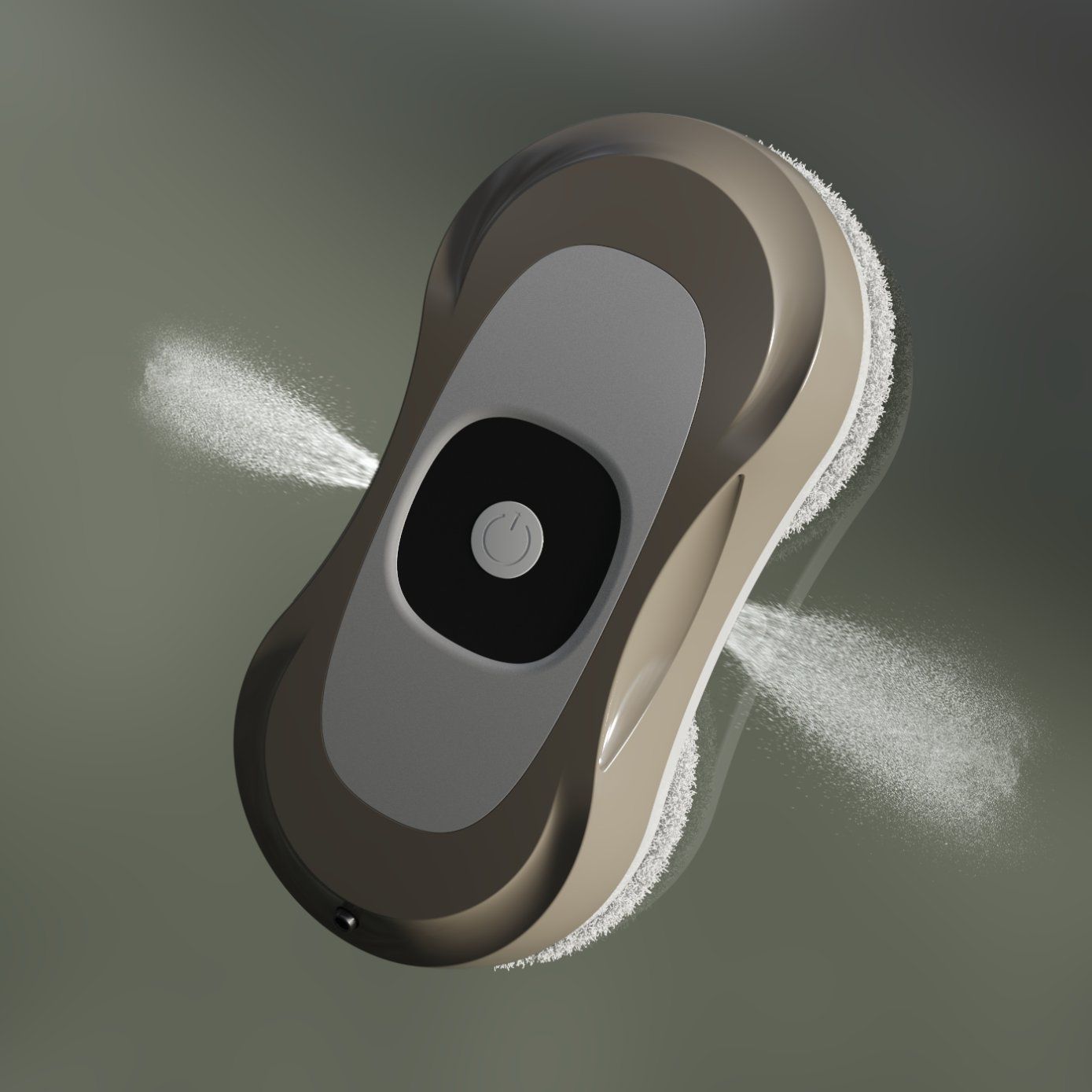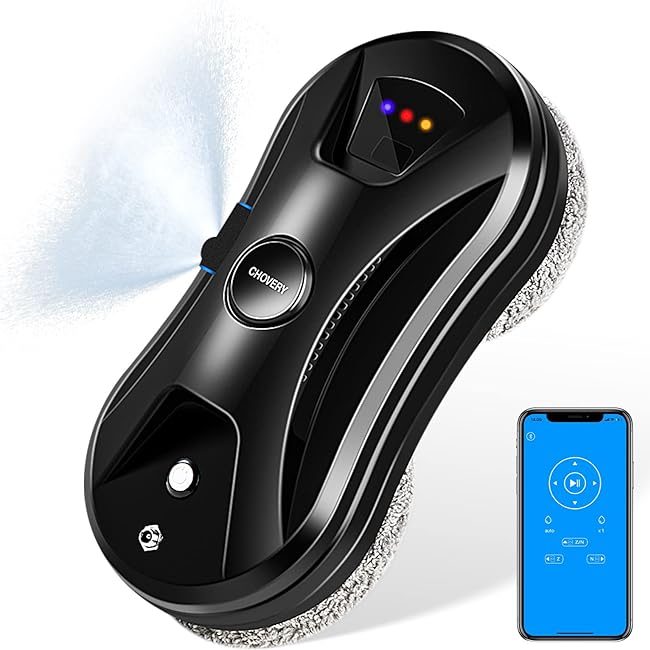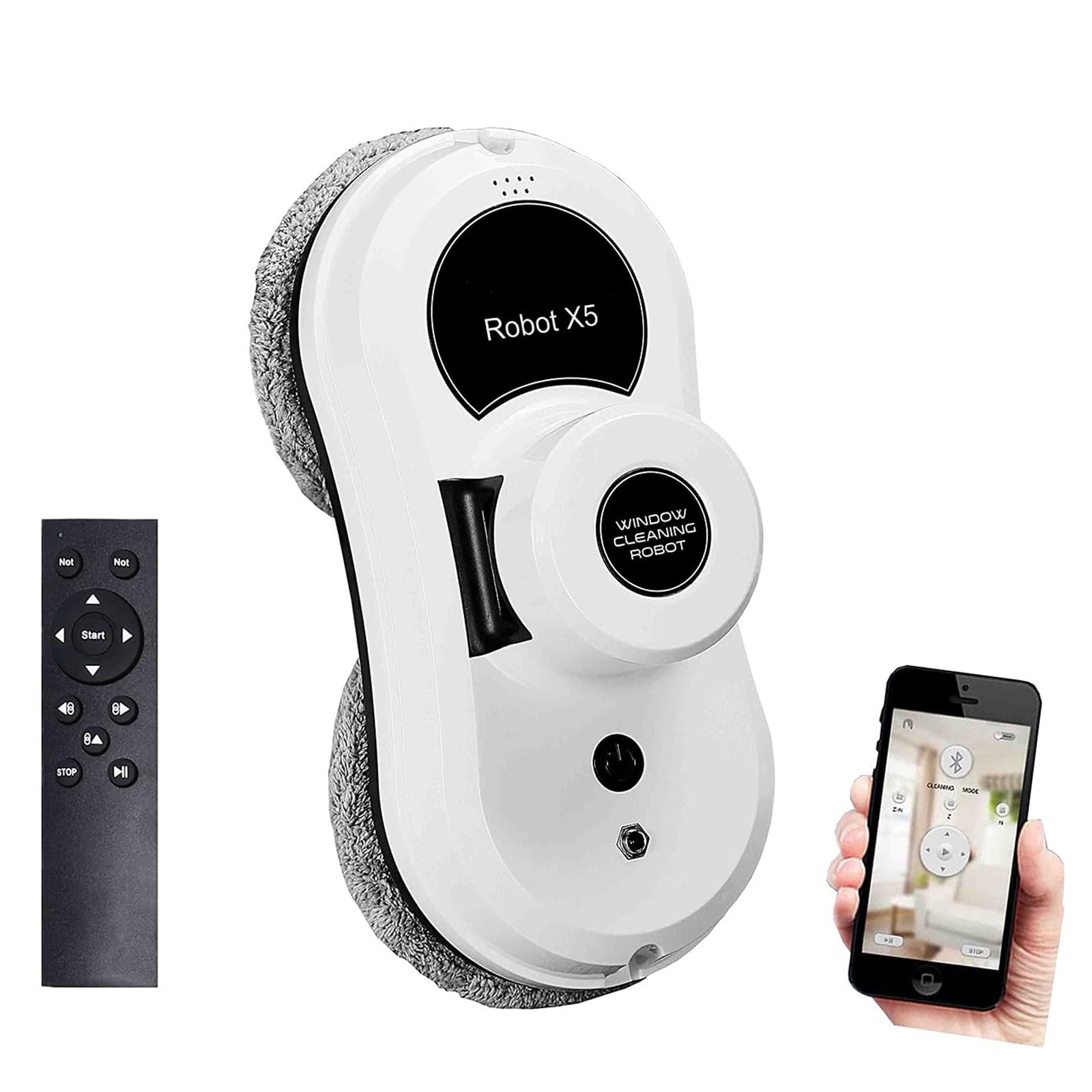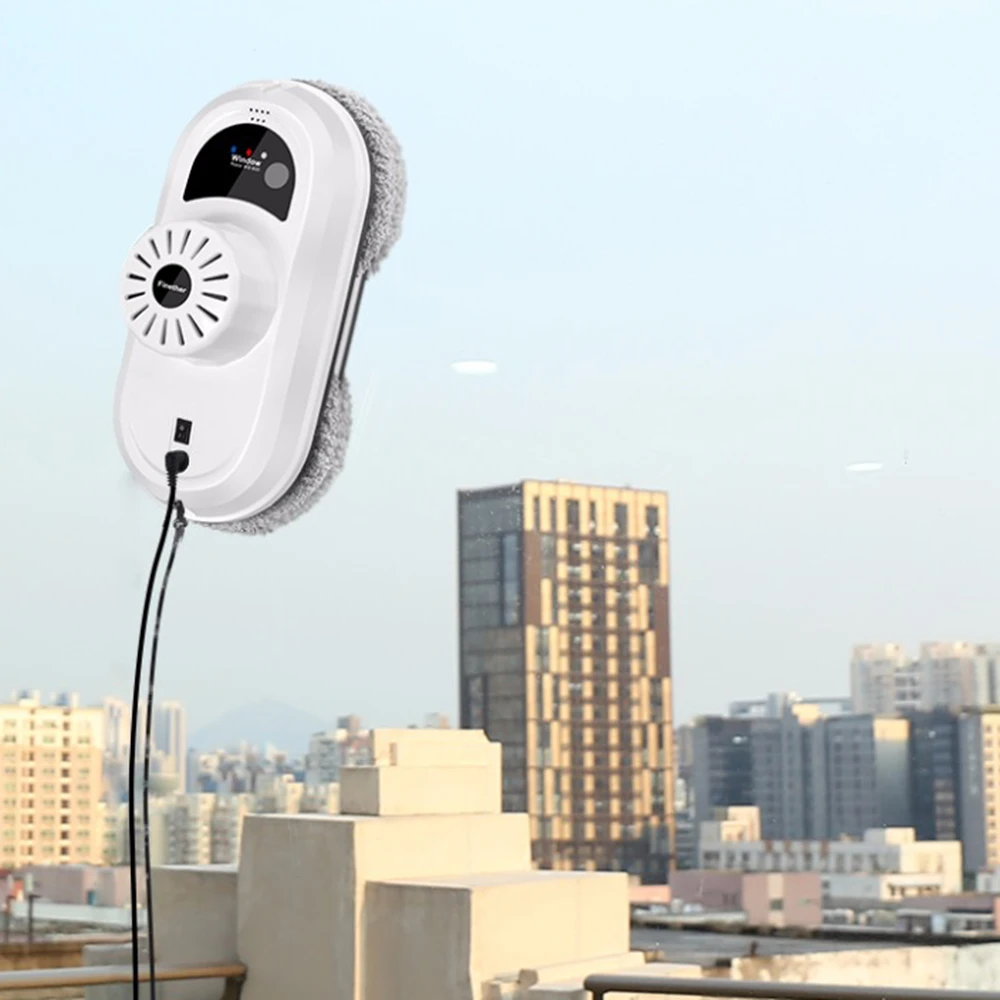Introduction to Window Washer Robots
In our fast-paced world, convenience and efficiency are paramount. One of the innovations designed to save time and effort is the window washer robot. These automated machines have gained popularity for their ability to clean windows without human intervention. In this article, we will explore the principles behind window washer robots, their technology, benefits, challenges, and future trends.
The Basic Principles of Window Washer Robots
Window washer robots operate on several fundamental principles that enable them to navigate surfaces, wash windows, and dry them efficiently. Understanding these principles illuminates how these remarkable devices function.
The mobility of window washer robots is primarily achieved through various drive systems. Most models utilize either wheels or suction pads for movement.
- Wheeled Robots: These robots typically have a set of wheels that allow them to travel across flat surfaces effectively. Their designs often include intelligent navigation systems that help them avoid obstacles.
- Suction Pad Robots: Designed for vertical surfaces, these robots utilize suction to attach to glass windows. By creating a vacuum seal, they can cling to the surface while navigating.
The navigation system in many models includes sensors to detect edges and obstacles. Some advanced robots utilize laser-guided technology or gyroscopes to maintain stability and accurately follow the window’s perimeter.
Cleaning Mechanism
The cleaning mechanism of window washer robots usually involves several components:
- Microfiber Cloths: These robots often employ interchangeable microfiber cloths known for their dirt-trapping abilities. Microfiber can absorb moisture and wipe surfaces without scratching the glass.
- Scrubbing Motion: Various designs facilitate different scrubbing motions. Some robots use a back-and-forth motion, while others incorporate circular movements to achieve a comprehensive clean.
- Cleaning Solutions: Many window washer robots come with built-in tanks that dispense cleaning solutions. This feature enhances the cleaning process by breaking down dirt and grime.
Sensing and Detection Technologies
Advanced window washers incorporate multiple sensors that allow them to interpret their surroundings. These sensors often include:
- Proximity Sensors: These sensors help the robot detect edges and obstacles, preventing falls and collisions.
- Optical Sensors: Optical sensors are used to sense glass streaks and decide where to clean further.
- AI-based Systems: Some models harness artificial intelligence to learn from their cleaning patterns, optimizing their routes over time to maximize efficiency.
Types of Window Washer Robots
Understanding different types of window washers is crucial as they vary in design, functionality, and target markets. There are essentially three main categories of window washer robots: domestic, industrial, and specialized.
Domestic Window Washer Robots
Domestic window washer robots are designed for household use. They are compact, user-friendly, and often come with remote controls or smartphone apps for convenience. These models make window cleaning more accessible for homeowners and reduce the need for physical labor.
Features
- Compact Design: Many domestic robots are lightweight and easy to store.
- Compatibility with Various Window Types: These robots can handle different kinds of glass, including double-glazed windows.
- User-Friendly Applications: Many modern models are integrated with IoT technology, allowing users to control them through smartphone apps.
Industrial Window Washer Robots
Industrial robots are designed for larger applications, such as skyscrapers or large commercial buildings. These robots typically have more robust cleaning mechanisms and advanced navigation systems to handle the challenges of large-scale buildings.
Features
- High Cleaning Power: Industrial robots often feature high-capacity water tanks and powerful motors for thorough cleaning.
- Robust Construction: Built to last, these robots are made with durable materials that can withstand harsh weather conditions.
- Advanced Safety Features: They often incorporate multiple safety systems to prevent accidents.
Specialized Window Washer Robots
Some robots cater to specific needs, such as those designed for glass partitions in offices or systems that focus on solar panel cleaning. These robots will possess specialized features tailored for their unique functions.
Features
- Adaptable Cleaning Heads: Features cleaning heads that can be swapped based on the cleaning requirement.
- Energy Efficiency: Specialized robots may utilize renewable energy sources, making them a sustainable choice.
Advantages of Window Washer Robots
As technological advancements continue, more and more people choose window washer robots for their cleaning needs. There are several key advantages to using these devices that elevate them above traditional cleaning methods.
Time Efficiency
One of the primary benefits of window washer robots is their ability to save time. While a human cleaner might take several hours to clean windows in a building, a robot can do the same job in a fraction of the time. They can even operate autonomously, allowing users to focus on other important tasks.
Consistent Cleaning Quality
Window washer robots provide uniform cleaning results. Equipped with advanced sensors, these machines perform repetitive tasks with the same quality every time, leaving few chances for streaks or missed spots. This level of quality is hard to match with human cleaners, who might overlook areas due to fatigue or distraction.
Safety Considerations
Cleaning high windows can pose serious safety risks for human workers. Window washer robots eliminate this risk by doing the job without requiring anyone to be in potentially dangerous positions. As these robots become more reliable, fewer incidents of accidents related to window cleaning at heights are reported.
Environmental Benefits
Many window washer robots are built with sustainability in mind. They utilize less water and fewer chemicals than traditional cleaning methods, reducing both the ecological footprint and chemical runoff that can harm the environment. Some models even make use of eco-friendly cleaning solutions.
Challenges Facing Window Washer Robots
While window washer robots offer numerous benefits, they are not without their challenges. Issues related to technology limitations, cost, and user acceptance persist.
Technology Limitations
Despite advancements, window washer robots still face limitations. For instance, they may struggle in adverse weather conditions like heavy rain or stormy winds. Additionally, they can encounter difficulties when cleaning complicated window designs, such as those with intricate frames or ledges.
Cost Barriers
The upfront costs of window washer robots can deter some people from purchasing these devices. While they save money over time in labor costs, the initial investment can be a considerable obstacle, particularly for smaller businesses or homeowners.
User Acceptance
There is often resistance to adopting automated technologies, particularly in sectors reliant on traditional human labor. Users may worry about the effectiveness of robots or may feel that human touch is irreplaceable in the cleaning process.
Future Trends in Window Washer Robots
The future of window washer robots is bright, with exciting trends on the horizon as technology continues to evolve. Here are some anticipated trends that could shape the industry.
Integration with Smart Home Systems
As IoT technology becomes more prevalent, window washer robots will likely be increasingly integrated with smart home systems. Users will be able to sync their cleaning robots with other smart devices, making for a more cohesive automated home experience.
Improvements in AI Technology
Advancements in artificial intelligence will improve the learning capabilities of window washer robots. Future robots may learn from their cleaning mistakes, optimizing their paths and cleaning methods to achieve better results over time.
Enhanced Safety Features
Continued development in safety technology will enhance the reliability of window washer robots. Future iterations may include better collision detection systems, allowing them to navigate more complex environments while minimizing risks of accidents.
Increased Customization Options
Consumers are demanding more personalized solutions, and this trend will also reach the world of window cleaning robots. Future models may offer customizable settings that allow users to specify their preferred cleaning schedules or adjust the intensity of cleaning based on the dirt level.
Routine Cleaning Procedures
Ensuring your window washer robot is clean after each use is vital for extending its lifespan and maintaining efficiency.
Exterior Cleaning
- Dust Removal: Regularly wipe the exterior with a soft, dry cloth to remove dust and dirt particles.
- Check for Damage: Inspect the casing for cracks or loose parts that could affect performance.
Microfiber Pad Maintenance
- Cleaning the Pads: After each cleaning session, remove the microfiber pads and wash them. Use warm water and mild detergent to prevent damage and ensure thorough cleaning.
- Drying: Allow the pads to air dry completely before reattaching them to prevent mold growth and odors.
Sensor and Suction Maintenance
- Sensor Cleaning: Use a soft, dry cloth to wipe down the sensors, ensuring they are free from obstructions for precise navigation.
- Suction Maintenance: Inspect the suction cup for any debris and clean it gently with a damp cloth.
Battery Care and Replacement
The battery is a crucial component of your window washer robot. Proper care can significantly enhance its lifespan.
Charging Protocols
- Full Charge Cycle: Always charge the battery fully before using the robot to ensure maximum efficiency.
- Storage: If not in use, store the robot with the battery partially charged (around 50%) to maintain battery health.
Battery Replacement
- Signs of Deterioration: If your window washer robot is losing power quickly or not holding a charge, it might be time to replace the battery.
- Replacement Process: Refer to the user manual for guidance on safely replacing the battery to avoid damage or voiding the warranty.
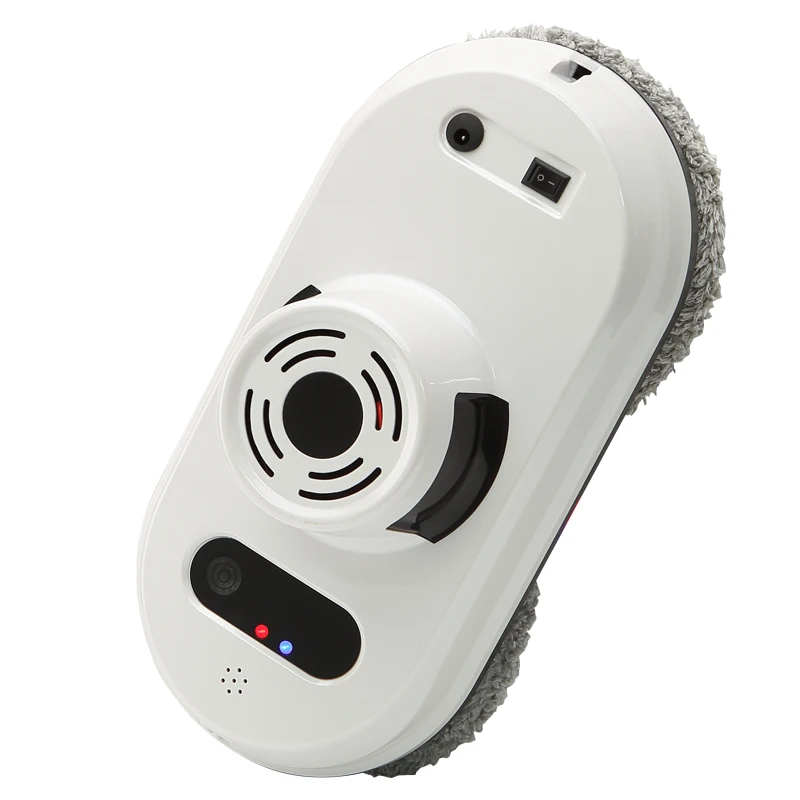 Conclusion
Conclusion
The advent of window washer robots marks a significant leap in cleaning technology. Their principles—including advanced mobility, efficient cleaning mechanisms, and complex sensing technologies—bless these devices with the ability to make window cleaning a breeze. With a plethora of advantages such as time efficiency, quality consistency, and enhanced safety, it’s no wonder these robots are gaining traction.
While challenges remain, particularly regarding technology limitations and cost barriers, the future prospects appear promising. As innovations continue pouring into this sector, we can anticipate even smarter, more efficient, and user-friendly window washer robots that will transform how we maintain our homes and commercial spaces.
In closing, the incorporation of window washer robots into both domestic and industrial settings holds the potential to revolutionize not just how we clean but to enhance our overall quality of life. As technology evolves, these robots will become ingrained in our daily routines, making window cleaning an effortless task.

